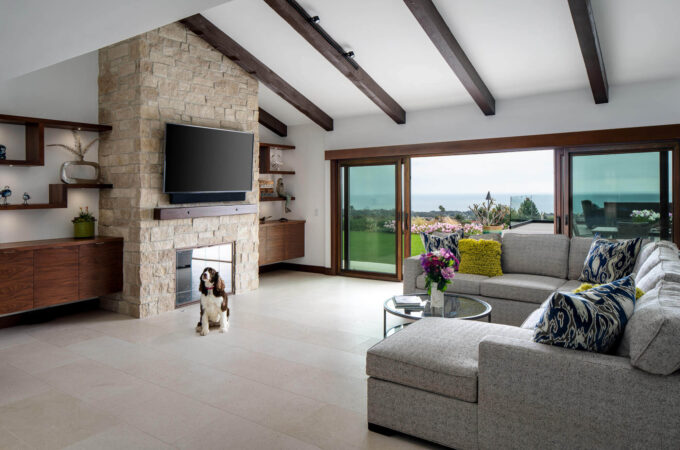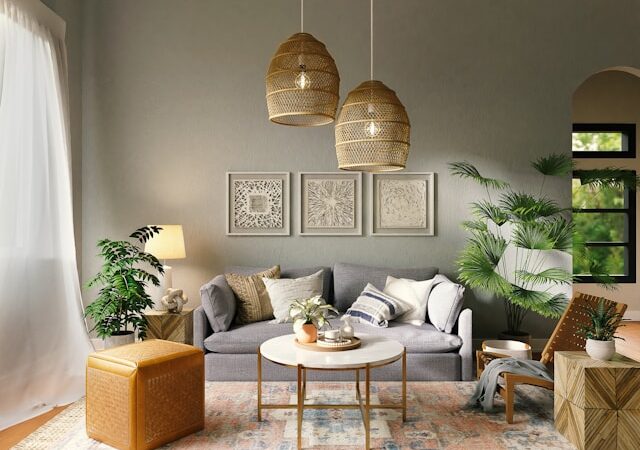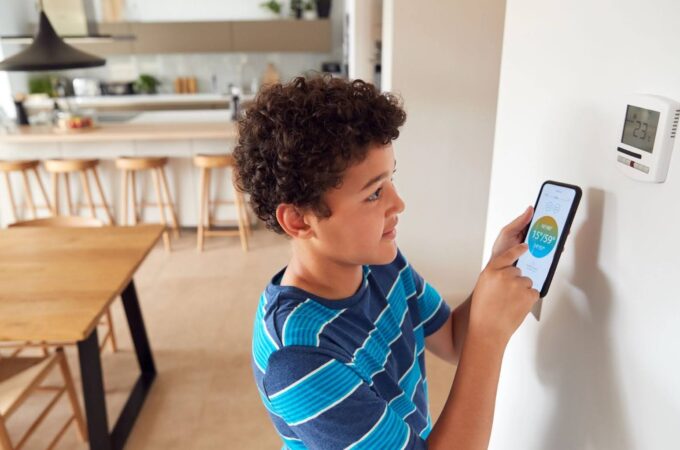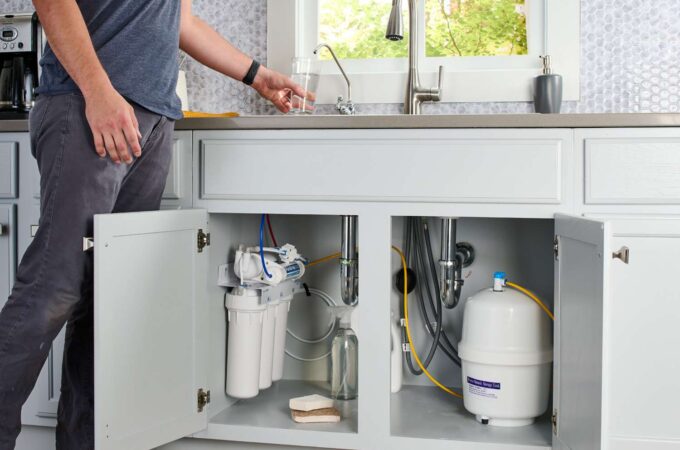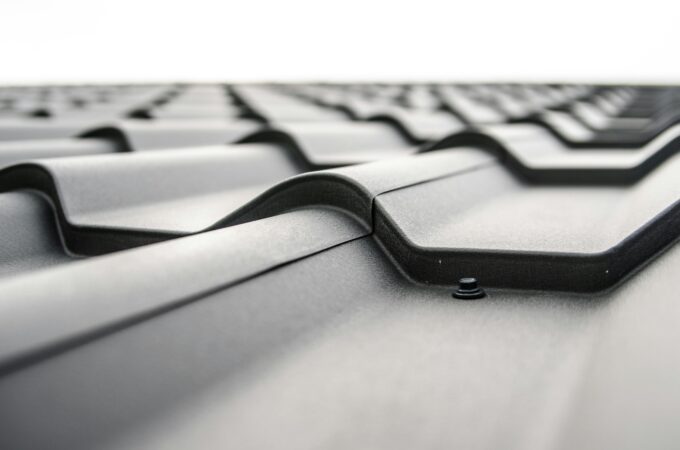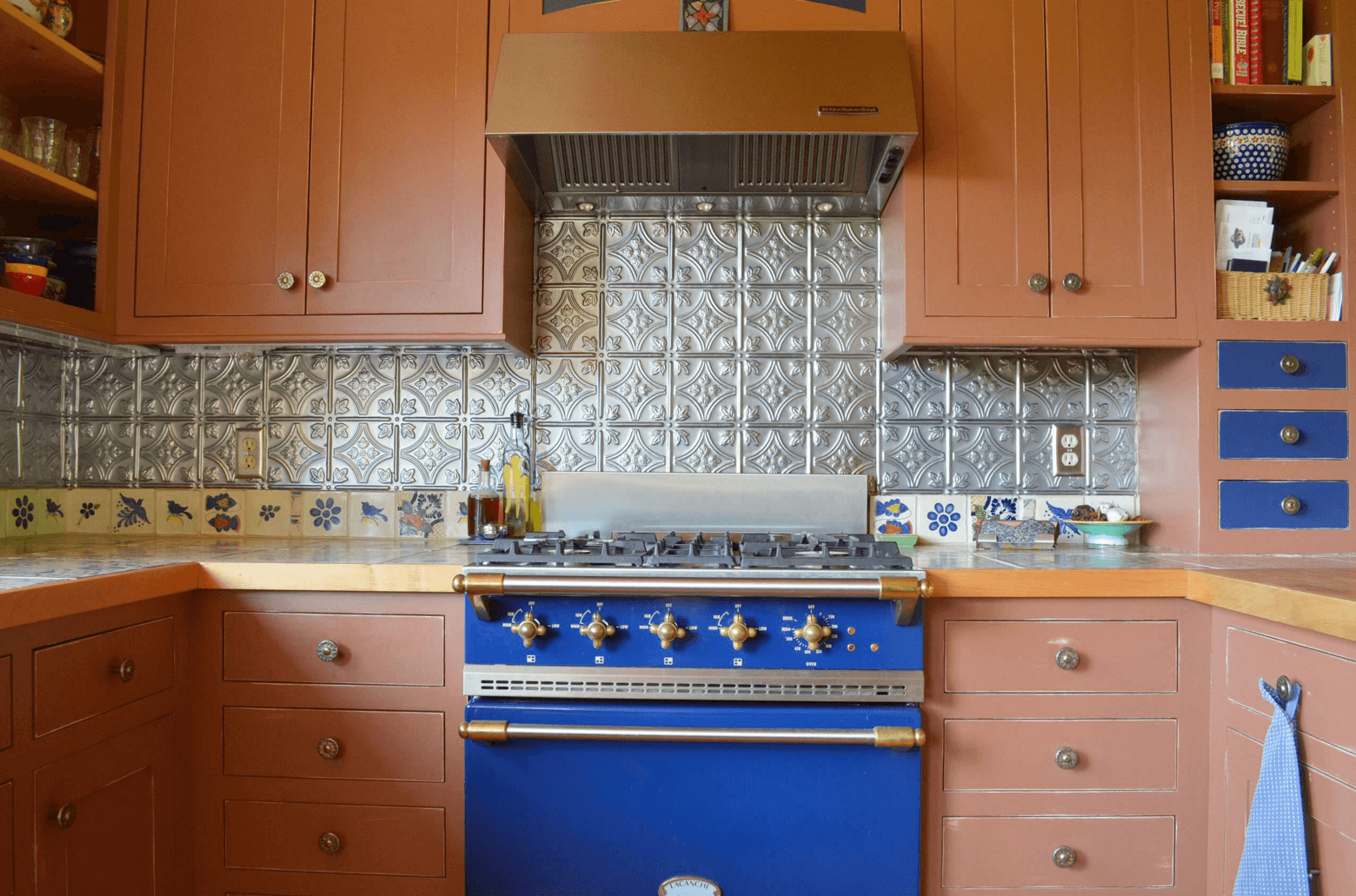
Kitchen Backsplash Tile Buying Guide
Tile is an excellent material for bathrooms and kitchens – places that get splashed or splattered by water. Bathroom backsplashes were a trend from 2008 to 2010 while the use of tiles in installing kitchen backsplashes tiles began as early as the 1960’s. The availability of new materials such as glass or ceramic has ensured that the trends continue today.
Whether you want to install a backsplash using tile as a DIY project or engage the services of a professional or skilled craftsman, you might want to consider the following factors first:
1.DESIGN

The key to a great looking backsplash is design. Whether you intend to have it done in all glass, use mixed media or create mosaics, always take the time to plan out what you want your backsplash to look like. Creativity and imagination are key elements but you also need to consider the following:
- HARMONY – the design of your backsplash must blend in with your surroundings and not stand out in harsh contrast, as it can actually become an eyesore that way.
- COMPLEMENTARY – the design must complement overhead cabinets, counters, sinks or surrounding appliances not create a hodgepodge of contrasting material and colors.
- FUNCTIONAL – The choice of design must not only be esthetic but also functional in the sense that it doesn’t become a dirt magnet. Rather it should enhance the bathing, washing or cooking experience.
- EASE – the design should allow unobstructed access to cleaning and not make it more difficult by requiring vacuums, brushes, waxes or cleansers. The beauty of using tile for backsplashes is that it can be easily cleaned using a rag or paper towel.
- ILLUSION – an effective use of tile for backsplashes is when the final finish creates the illusion of space instead of making it feel cramped. This is especially true when using glass as a backsplash martial or even monochromatic ceramic tile.
2.MATERIAL

Kitchen Backsplash tile comes in different materials but the most common are glass and ceramic tile because these are easiest to install and are low maintenance. They also blend well with existing aesthetics. But make no mistake though; backsplashes do not have to be made of a single material to look classy or trendy. Most designers and professional craftsmen are good at choosing material that complements surrounding fixtures and furnishings.
The backsplash can actually be divided into sections: one done in ceramic tile and the other in glass. Or it can have ceramic tile borders or an offset band of glass tile to complement shower doors, toilet seats, counter tops or overhead cabinets.
Also planning the materials to use, allow you to determine if this will be a DIY project or require the services of craftsmen.
3.COST

A very important factor to consider is cost: how much you are willing to spend for the design you have in mind. Remember, just because you intend to do it yourself, doesn’t automatically translate to lower cost or saving. On the contrary, redoing the finished product might actually push your expenses up by several hundred dollars.
Here are some things to consider when figuring out costs:
a.EASE OF INSTALLATION – Is the intended material – glass or ceramic tile – easy to install? Some glass tiles come in mounted with a wire mesh back that can be cut using scissors or a paper back that can be easily peeled off. Unmounted glass may have to be cut using a tile saw and is therefore not recommended for DIY.
b.STANDARD SIZES – most glass and ceramic tiles come in standard sizes as small as ¾” or as large as 6” squared. If you make your design using these in mind, you might lower cost by getting standard sized tiles. If your design is complex you may have to rent a tile saw.
c.SIMPLICITY – Just because you are using single color tile doesn’t actually mean lower cost if varying sizes are needed. Using standard sized tiles in monochromatic colors can actually be elegant and cost-effective.
4.TILE COLOR

Your backsplash can be in single color. You can also go for a mosaic design – it all depends on your imagination and budget. If you are constrained to use standard sizes and do it yourself, you may want to consider using a checked pattern in two colors to achieve elegance. A bathroom backsplash is best kept to a minimal monochromatic design instead of a multi-colored mosaic which works well in kitchen backsplashes to create a cozy effect. If you are mixing ceramic with glass, you can keep the lower half of the backsplash in single color ceramic tile and the upper half in a contrasting color or mirrored glass tile.
Finally, tile is a great material for your kitchen or bathroom. It isn’t expensive, difficult to install or too simplistic. It is easy to clean and with careful planning and design, a tile backsplash can be a great conversation piece as well as a functional feature of your home.
